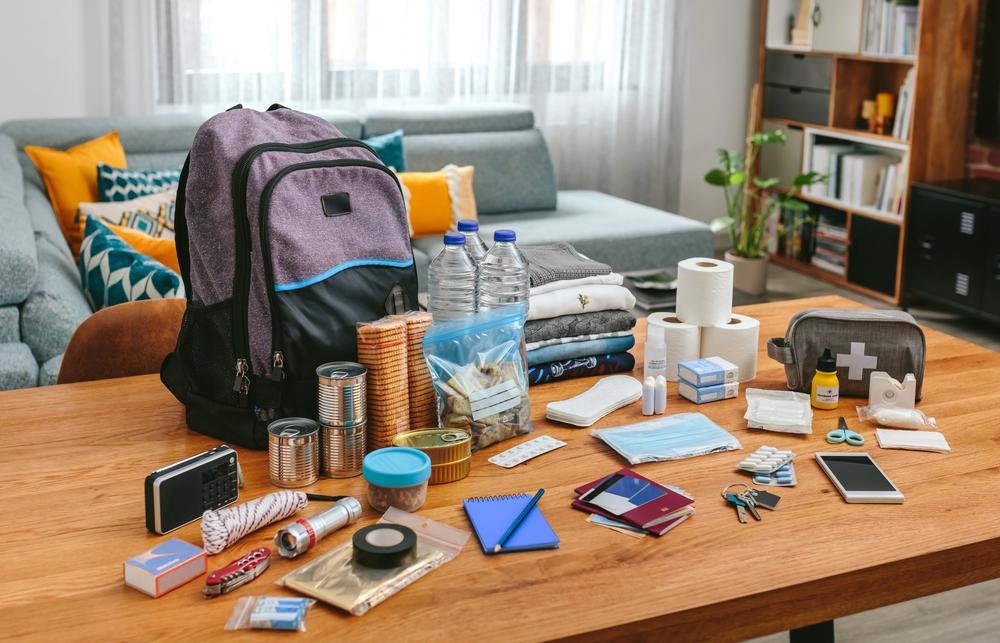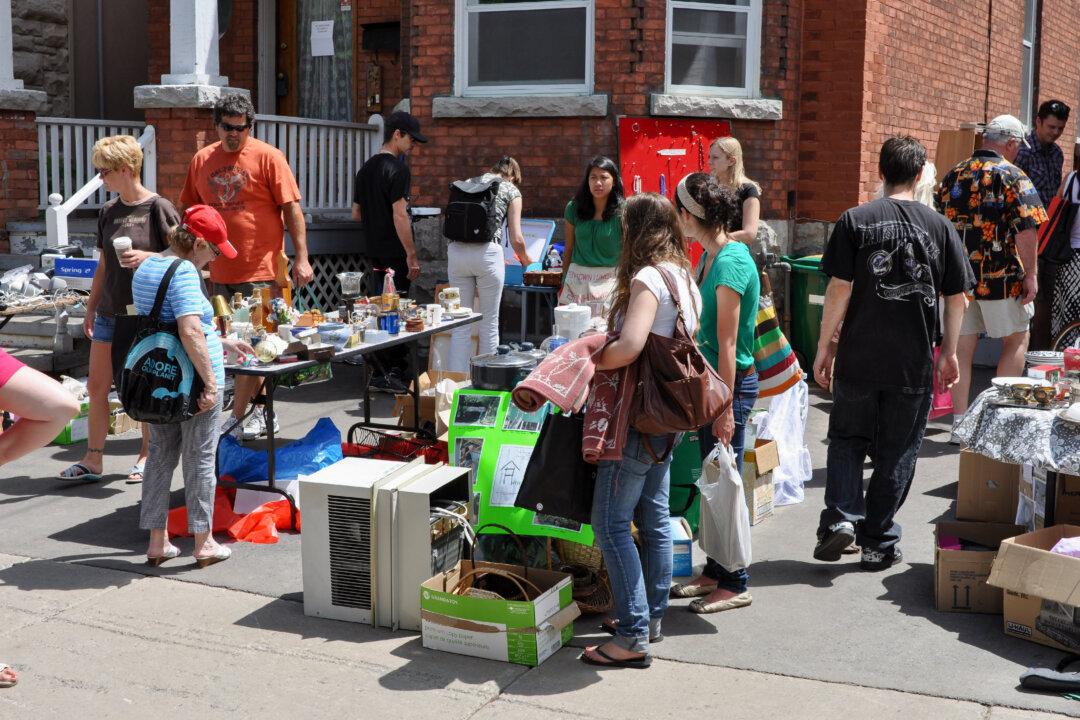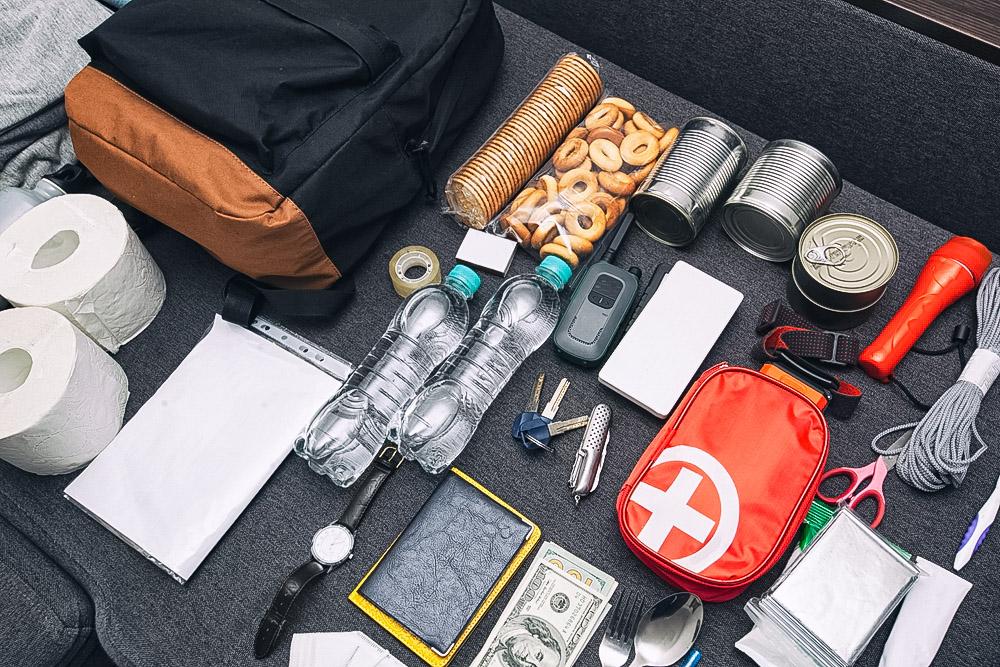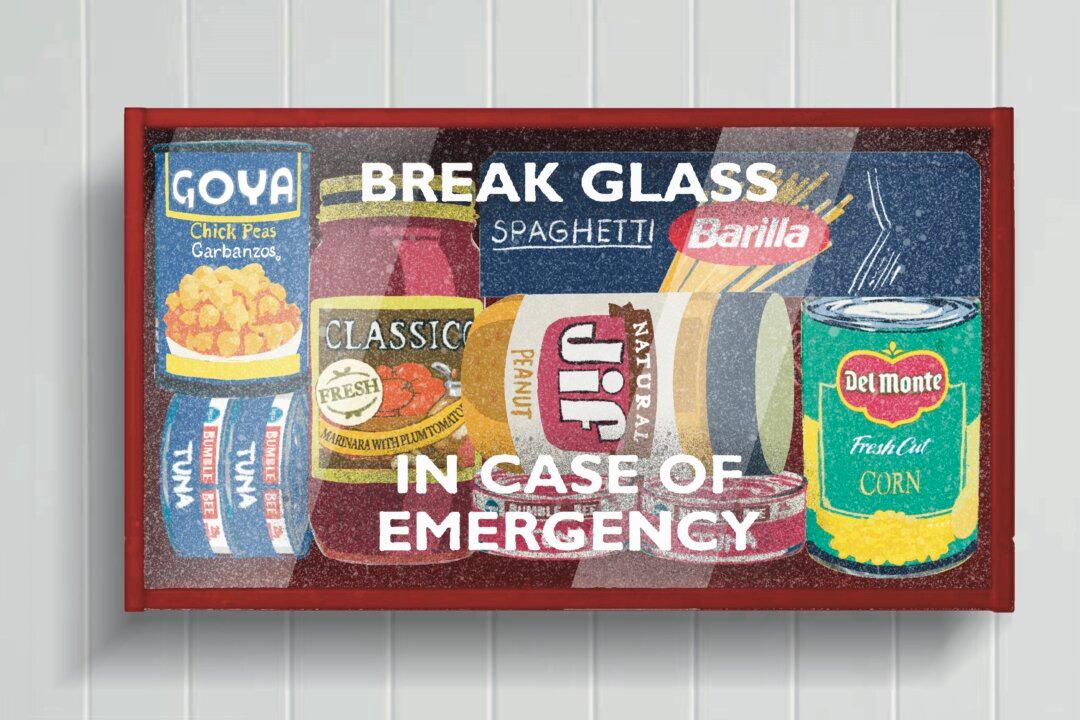During a trip to Venice, I purchased a painting that now hangs in my dining room and is one of my most treasured possessions. It’s the one item in that room I would prioritize saving if we were ever faced with an emergency evacuation. But it’s not easily packed in a bug-out bag, and since I enjoy it so much, I want it to always be on display.
While bug-out bags, or go-bags, are popular and many people have them, it’s essential to know that they may not include everything you‘ll need once you get to safety, such as prescription medications and medical equipment. This is why I created a last-minute packing list for my family that contains items like this painting and several other critical items that can be grabbed only at the last minute as you rush out the door. But before we get started, these are the criteria you’ll need to consider as you make your own last-minute packing list.





